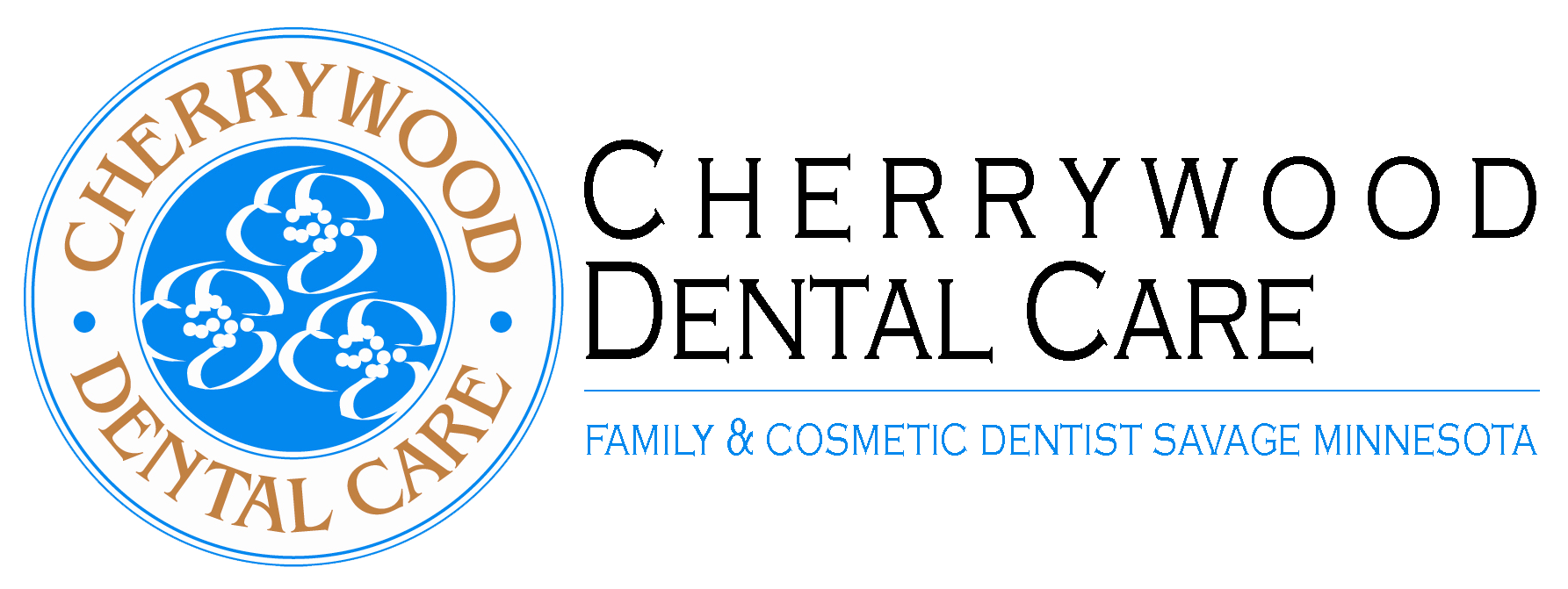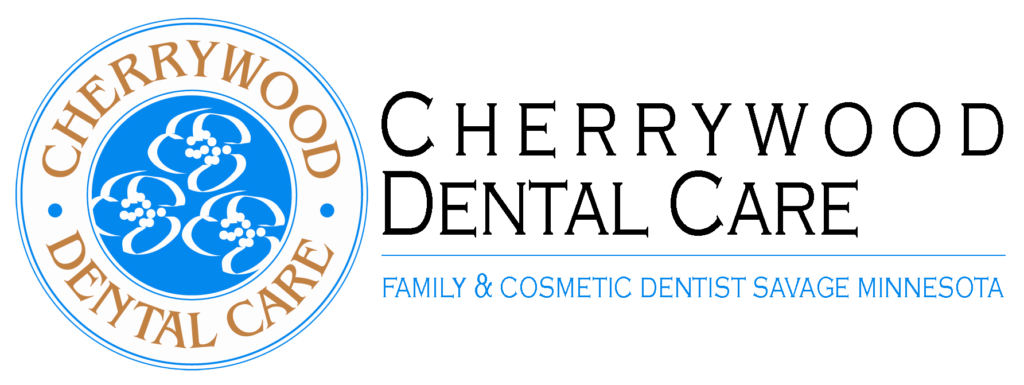What Does a Dentist Do?
In general, Americans do not like to go to the dentist. Reports by the Centers for Disease Control and Prevention (CDC) show that 40% of adult Americans do not go to the dentist regularly. Why is that? A lot of adults experience anxiety when they think about the dentist. Despite the discomfort the idea of the dentist gives you, visiting one regularly is important, even if you brush your teeth and floss on a daily basis. Cherrywood Dental Care has ways to see problems that may arise that you cannot see or feel yet. In fact, the more you go and maintain regular visits the more likely the experience will not be too bad. So what should you expect?
Here is a quick summary of what happens at a dental visit
Whether you haven’t been in a while, or you haven’t had X-rays in a year or two, getting a dental X-ray is a pretty routine part of a regular dental check-up. X-rays are able to provide more information on the health of your teeth, jaw bones, and mouth. They help dentist see things they may otherwise not be able to see, such as cavities between teeth or abscesses. There are several different kinds of X-rays but the dentist will go with the one that helps him get the best diagnostic view.
At every routine check-up you will get a full oral exam by the dentist. The dentist is looking for basic concerns including signs of tooth decay or soft tooth enamel, signs of gum disease, and to evaluate you bite for any signs of irregularities. The gum exam will include probing with a periodontal probe which assesses the pockets around your teeth. In addition to examining your teeth and gums the dentist will complete an oral cancer screening. This will include potentially examining your head, neck, lips, and the surfaces of your tongue. This step is very important as there may be early signs of cancer that you cannot see or feel, but the dentist is trained to notice.
After your exam the dentist or the dental hygienist usually completes a full professional cleaning. This may seem silly if you are a regular teeth brusher at home, but it is actually very important for the health of your gum tissue and bone health. The first step is a little uncomfortable, as the hygienist will use an instrument to gently scrape off any hardened plaque. Once this is complete they will polish your teeth with a paste that helps to remove stains and polish your enamel. The wonderful feeling after these steps makes any discomfort completely worth it. Depending on what your dentist determines is your level of risk, they may also encourage or suggest fluoride treatment, which just helps to strengthen enamel and prevent further cavities. This is more common for children than adults.
After you are all cleaned up and polished, the last step is talking about what steps you need to take at home to maintain your oral health. The dental hygienist may give you some instructions on proper brushing and flossing and also even give you a complimentary new toothbrush. At this time, you should feel free to ask any questions you may have and be honest about your usual habits. After this you are all set. On your way out its important to remember to schedule your next visit!
Learn More About General Dentists : What to Expect at a Dental Visit?

